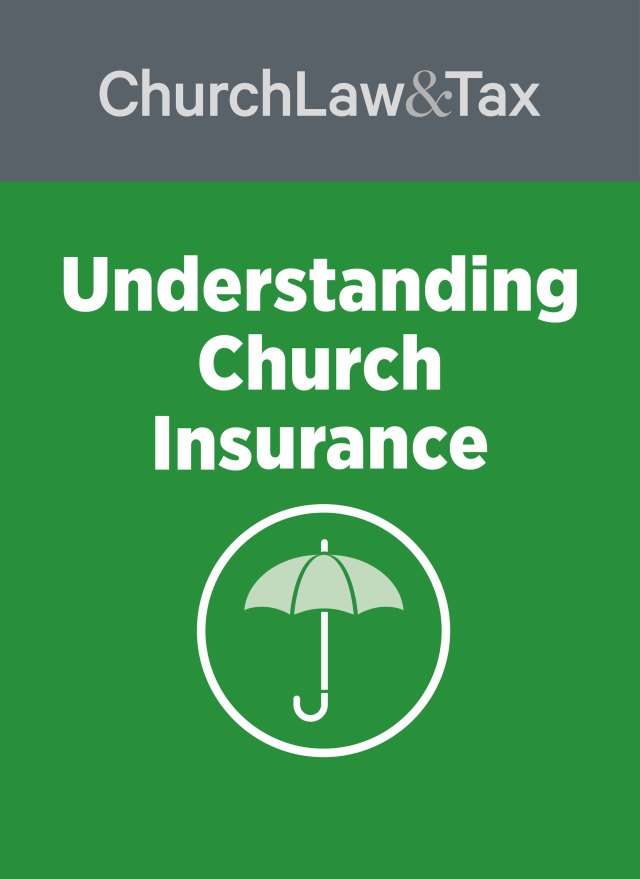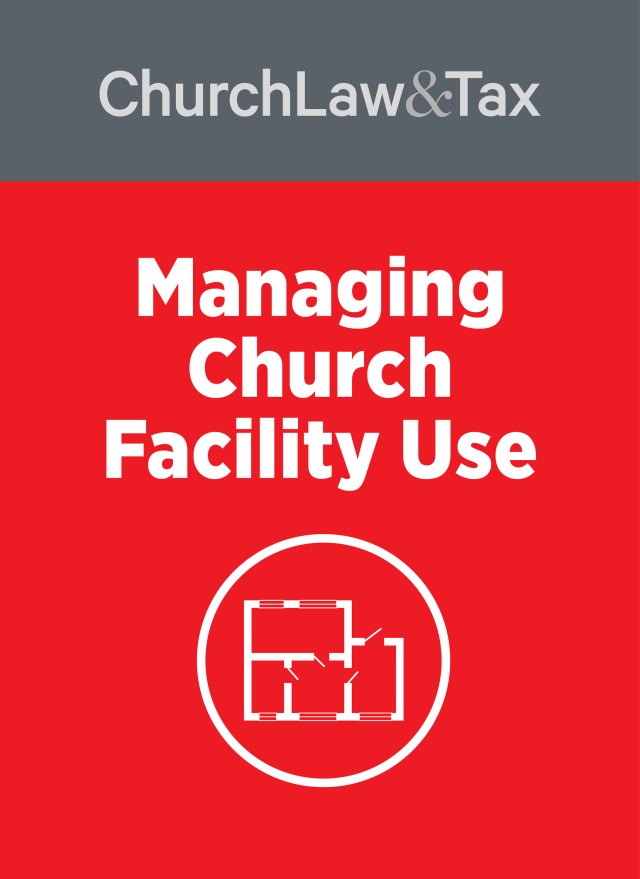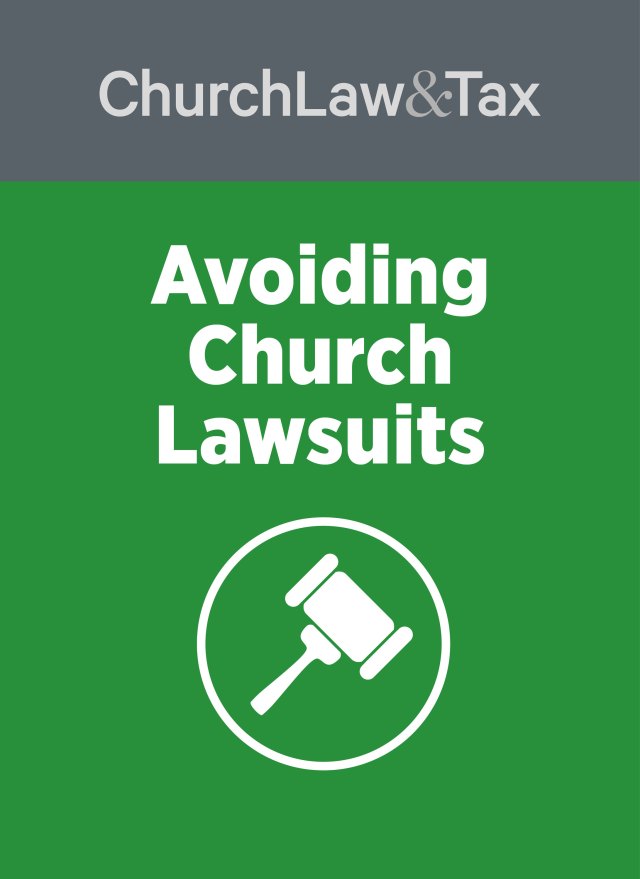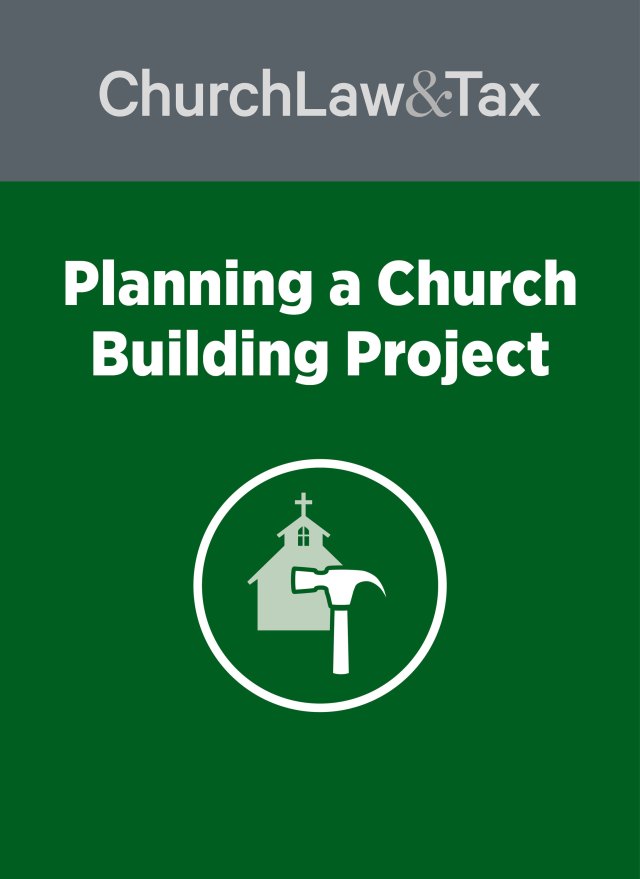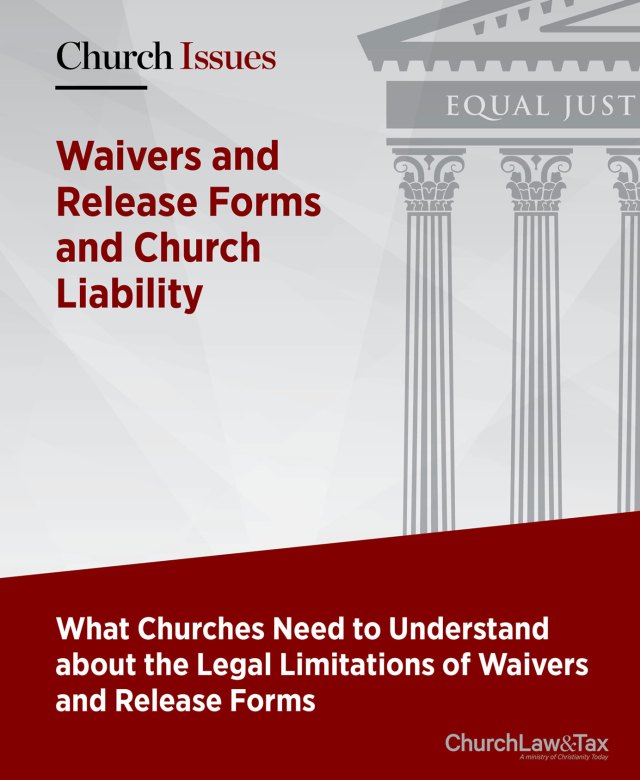Key Point 10-16.7. A liability insurance policy provides a church with a legal defense to lawsuits claiming that the church is responsible for an injury, and it will pay any adverse settlement or judgment up to the limit specified in the policy. Liability insurance policies exclude a number of claims. For example, some policies exclude injuries based on criminal or intentional acts and claims for punitive damages. A church has an obligation to promptly notify its insurer of any potential claim, and to cooperate with the insurer in its investigation of claims.
A Michigan court ruled that a church was barred from suing its insurer for property damage it sustained in a fire on the basis of a release agreement it signed and a two-year limitations period in the insurance contract. A fire damaged a church building and its contents. The church immediately notified its insurer, and the insurer began assessing covered losses. The parties did not entirely agree on what was damaged or what damage was caused by the fire. Among other items at issue were the building’s lead coated copper dome roof, interior iconography or murals, church bells and associated electrical wiring, and chalices and candle stands. The parties exchanged correspondence regarding plaintiff’s claims and a possible settlement. Eventually the insurer informed the church that it would not cover damage to the dome. The same letter offered the church a final opportunity to accept a compromise settlement in exchange for a release. A few weeks later, after some additional analysis of the roof, the church signed a release that covered “all claims for all damages sustained except for any possible damage to the exterior lead coated copper sheathing covering the building dome.”
Later, the church claimed that the insurer was obligated to pay the balance of the iconography and copper dome roof damage arising out of the fire. The insurer declined, noting that the damage to the iconography was barred by the release, and the damage to the dome was “time barred” since the church presented this claim beyond the deadline specified in the insurance contract. The church filed a lawsuit in which it asked the court to compel the insurer to pay both claims. The court determined that the church’s domed roof claim was time-barred, but ruled that the church’s iconography claim could proceed to trial. Both parties appealed.
A state appeals court dismissed both of the church’s claims. In dismissing the church’s claim that the insurer was obligated to pay for the damaged iconography, the court stressed that “the plain terms of the release demonstrate that the church discharged ‘all claims and causes of action’ for ‘all damages sustained’ other than possible damage to the exterior of the domed roof. We must give the words used in a contract their plain and ordinary meaning … and there is no broader classification than the word ‘all’ in a release.” The court added that since the iconography was not part of the exterior of the domed roof, “the release bars the church’s claim for damage to its iconography.”
The court then addressed the church’s claim that the insurer was obligated to pay for the damage to the domed roof. It noted that the insurance contract contained a two-year contractual limitations period, under which claims had to be submitted within two years after a physical loss. Since the church did not submit this claim for more than two years after the loss, it was barred by the contract.
Application. This case is important for two reasons. First, it demonstrates the importance of being familiar with the terms of release agreements. Given the potential significance of such agreements, they should never be signed by church leaders without first obtaining legal advice. Second, this case illustrates the importance of being aware of any limitations periods in a church’s insurance contracts. Most insurance contracts contain such provisions, which require the insured to bring any legal claims within a specified period following a loss. Unfamiliarity with such provisions can result in the denial of otherwise valid claims. Assumption Greek Orthodox Church, 2008 WL 5046311 (Mich. App. 2008).
This Recent Development first appeared in Church Law & Tax Report, July/August 2009.
